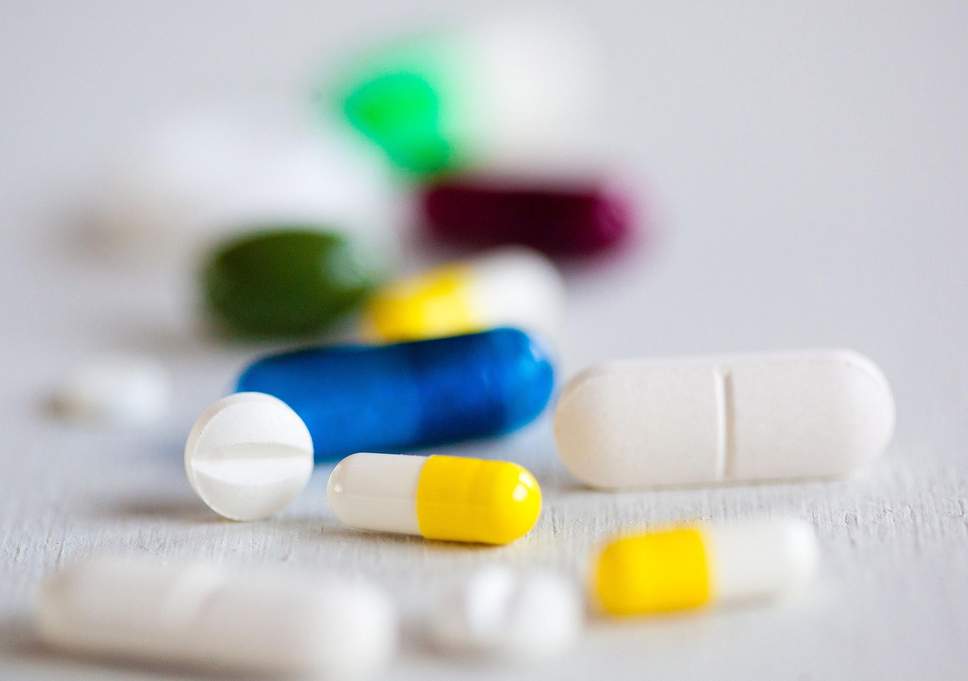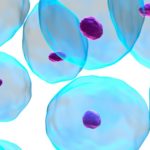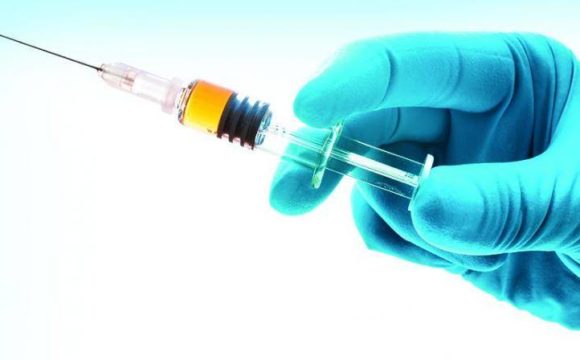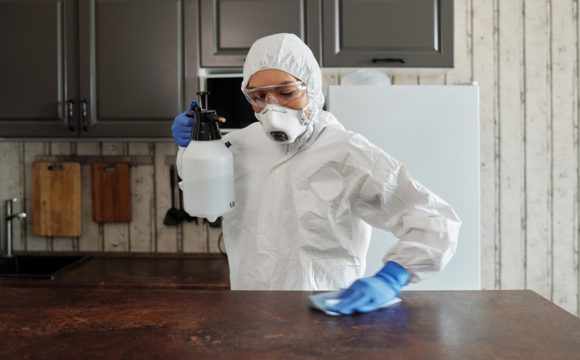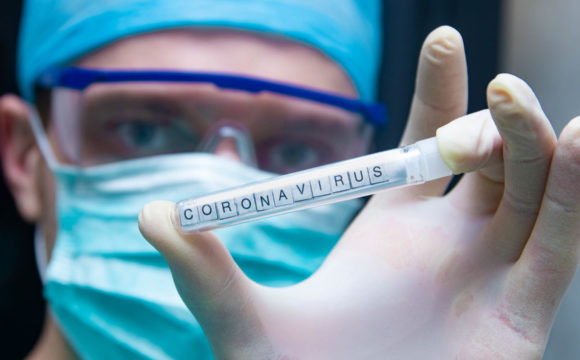Since the discovery of penicillin by Alexander Fleming in 1928, Antibiotics have been cultured and extracted from biological sources like molds and even synthetically from dyes. They have been very vital in combating infectious diseases caused by bacteria by either killing or inhibiting them. Excluding all the prevention methods, once the diagnosis confirms a bacterial infection, antibiotics are perhaps the only way to tackle it directly. But just as we can muddle with the infectious organisms they can also fight back by developing resistance. This then makes it necessary for the researchers to develop more effective drugs. Here we elaborate one absolutely riveting recent such story.
Antibacterial drug resistance (a representational image)
(Source: cdn.theconversation.com)
Vancomycin, developed in the early 1950s, is an antibiotic used to target multiple bacterial infections. It is used in the treatment of skin infections (caused by Staphylococcus aureus and Streptococcus pyrogens), bloodstream infections which is also known as sepsis (caused by Staphylococci, Streptococcus pyogenes, Escherichia coli, Pseudomonas aeruginosa, and Klebsiella species), Endocarditis (caused by Staphylococcus aureus and Viridans Streptococci group) and most importantly meningitis caused by methicillin-resistant Staphylococcus aureus. Vancomycin is often considered the last resort medication for many of these infections. It acts by inhibiting cell wall synthesis in Gram-positive bacteria by binding to the terminal D-alanyl-D-alanine moieties and preventing the synthesis of NAM/NAG-peptides which are the backbone of the bacterial cell wall. It is on the World Health Organization’s List of Essential Medicines, the most effective and safe medicines needed in a health system. However, sixty years of its success came to a halt when organisms begin to acquire resistance against it.
According to the WHO, ‘Antimicrobial resistance (AMR) is the ability of a microorganism (like bacteria, viruses, and some parasites) to stop an antimicrobial (such as antibiotics, antivirals, and antimalarials) from working against it’. It can also be referred to as antibiotic resistance which leads to the treatment becoming vain, the persistence and escalation of infection and ultimately increased mortality rates. In developing countries where hygiene and diagnosis are not yet robust, this can be a major concern. In the case of vancomycin, many organisms namely vancomycin-resistant enterococci (VRE) and vancomycin-resistant Staphylococcus aureus (VRSA) are able to replace the D-alanine (D-ala) with D-lactic acid (D-lac). These resistant organisms are sometimes also dubbed as ‘superbugs’. However, these bugs do not seem to scare our scientists!
Vancomycin resistance mechanism
In order to overcome the D-lac problem, Scientists at The Scripps Research Institute (TSRI) in the USA led by Dale Boger successfully synthesized a version of Vancomycin that can bind to peptides ending in D-ala and D-lac in 2011. Other groups working on similar projects designed versions of antibiotic that can halt cell wall construction in a different way while yet another group designed an alteration which causes the outer wall membrane to leak, leading to cell death. And now a recent study, published in the journal Proceedings of the National Academy of Sciences, demonstrates the merging of all three alterations together in one single version of antibiotic. This is now the ‘Superantibiotic’!
As mentioned on sciencemag.org, Boger’s team tested Vancomycin-resistant bacteria against this antibiotic and the microbes were unable to evolve resistance even after 50 rounds. whereas many antibiotics begin to fail after just a few rounds. Talking about the success of his work, Dale Boger, the leader of this research told the Guardian, “Organisms just can’t simultaneously work to find a way around three independent mechanisms of action. Even if they found a solution to one of those, the organisms would still be killed by the other two”.
Dr. Dale Bloger
(Source:scripps.edu)
It obviously will take a lot of time and multiple trials before this drug gets approved and reaches the market for its commercial usage. However, as promising as it appears, this study may inspire many other researchers working in similar areas. And to the general public, it sends a message that the path in treating multidrug-resistant infections is surely achievable!
Reference:
www.sciencemag.org/news/2017/05/superantibiotic-25000-times-more-potent-its-predecessor



